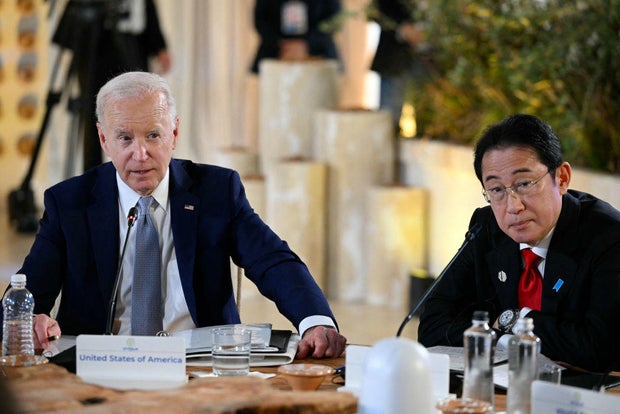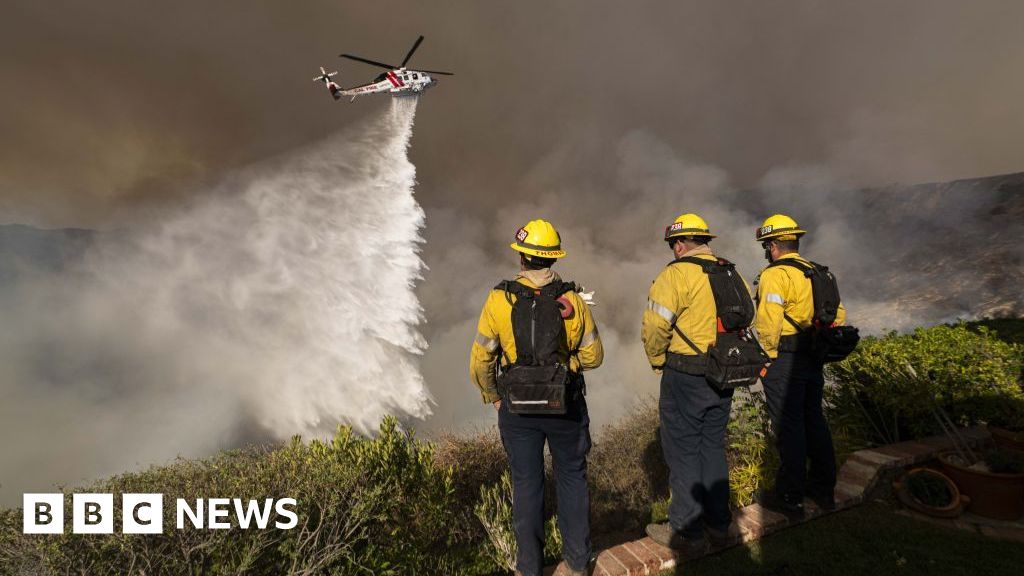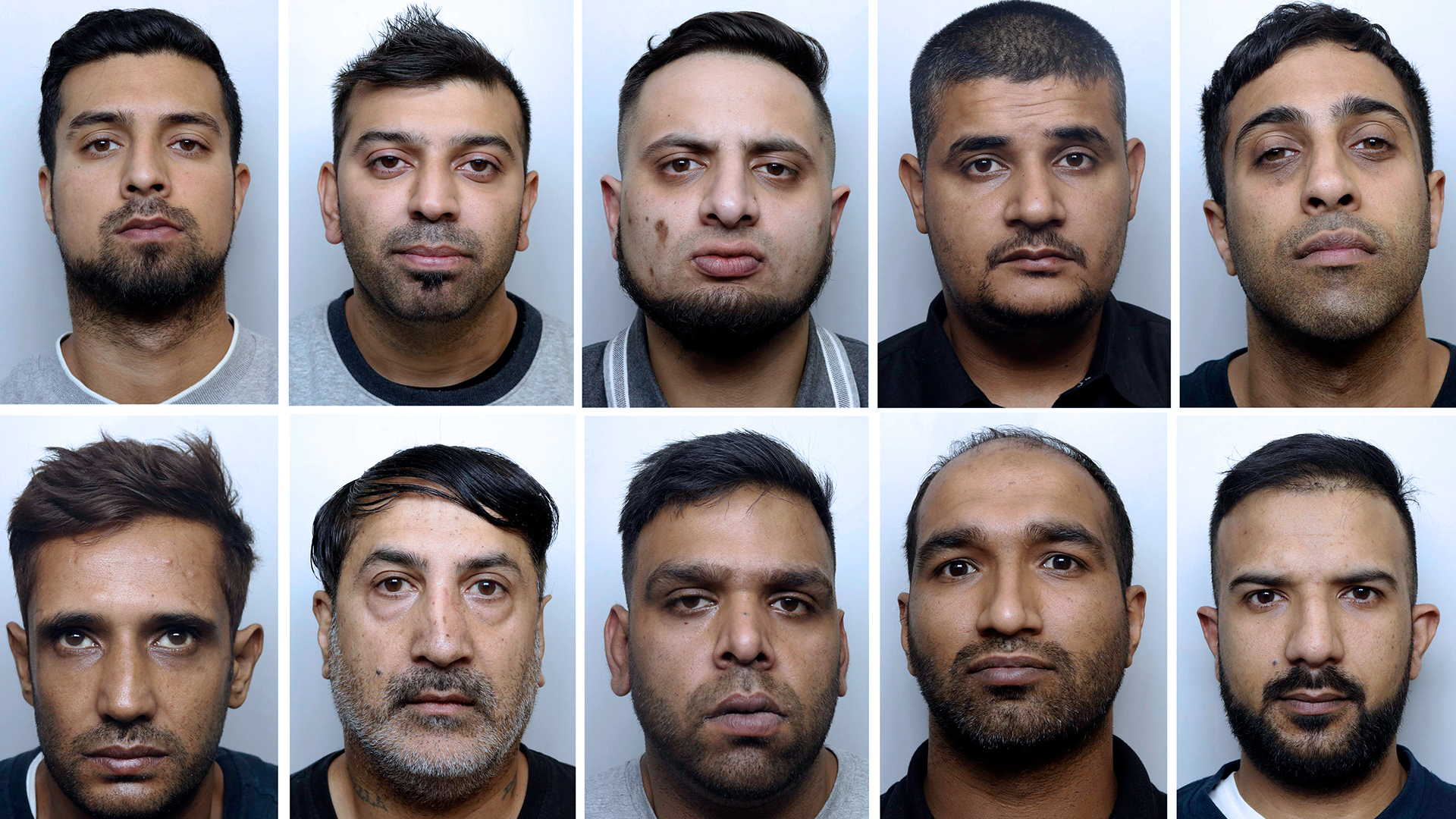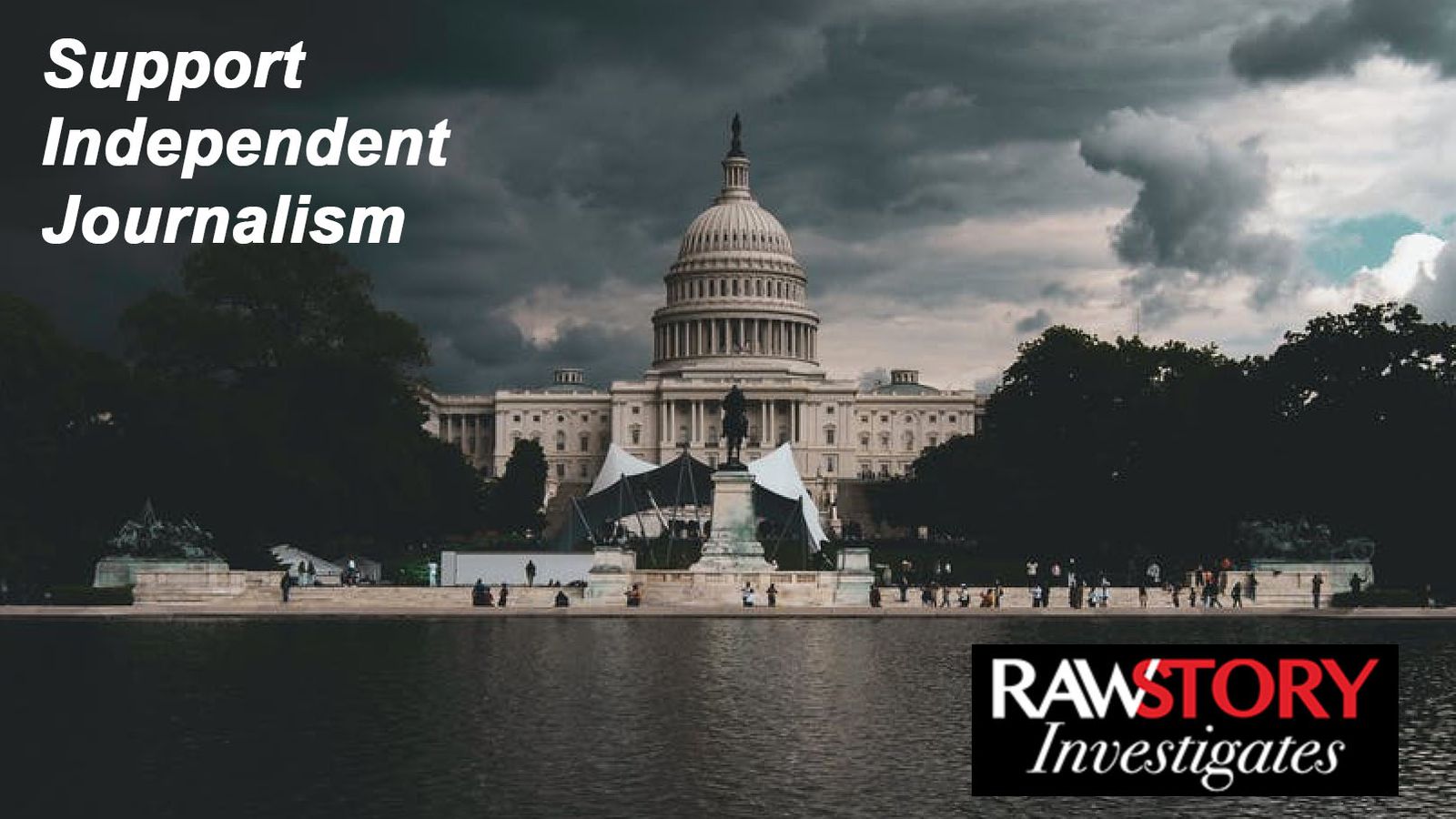Tokyo — The Pentagon is expected to announce that the U.S. will upgrade U.S. Forces Japan from an administrative command to a Joint Force Headquarters run by a three-star commander, a major step in U.S.-Japan plans to enhance their defense cooperation in the Indo-Pacific.
Defense Secretary Lloyd Austin, alongside his Japanese counterpart, Minister of Defense Minoru Kihara, will announce the change in Tokyo on Sunday. However, defense officials who previewed the announcement to reporters said there are still some details that will take time to work out, like how many personnel it will involve and what infrastructure might be necessary.
The decision to make the upgrade came out of the Biden administration’s summit in April with Japanese Prime Minister Fumio Kishida, when the two said they would enhance their command and control systems, part of the two countries’ work to deter a growing threat from China.
According to a defense official, the change in U.S. Forces Japan will give it the primary responsibility of tasks that largely have been in Hawaii previously, like planning exercises and command operations. Shifting that responsibility to Japan would give the U.S. the opportunity to work more closely side-by-side with Japanese forces.
“We view this as a historic announcement with Japan among the strongest improvements to our military ties in seventy years,” the defense official said. “Bottom line is that this is a transformative change.”
This step is not intended to look like the U.S. Forces Korea, where the command structure of the South Koreans and U.S. forces are integrated. Instead, U.S. Forces Japan will work with Japan’s updated Joint Operations Command.
MANDEL NGAN/AFP via Getty Images
Since the April summit in Washington, D.C., the Pentagon has been working on implementing the change, and officials say that Adm. Samuel Paparo, who started as the commander of U.S. Indo-Pacific Command in May 2024, led much of the planning for the proposal.
Defense officials say this announcement is just the beginning of the transition to actually making the change. There is still work to be done with working groups in Tokyo, as well as with Congress in the U.S. to flesh out what exactly this upgraded U.S. Forces Japan will look like.
That work will begin in earnest once Austin returns to the U.S. from his trip visiting first Japan and then the Philippines this week.




















Discussion about this post